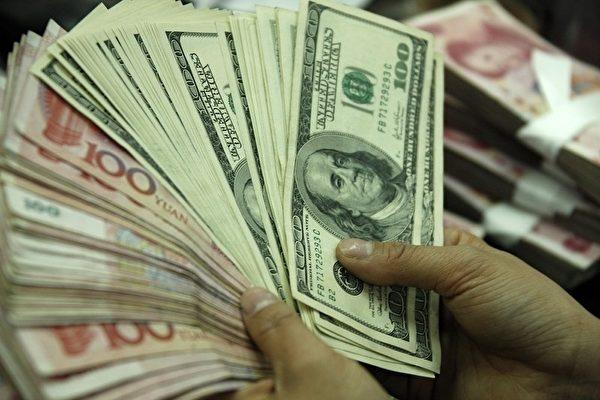Commentary
Recently, Xi Jinping of mainland China visited Saudi Arabia, arousing speculation of some new deals to be done. Specifically, some nationalists expect a substantial portion of Saudi oil exported to China to be settled in the Chinese Yuan (CNY) rather than the U.S. dollar. Such wishful thinking is obviously self-defeating by looking at the data: Saudi Arabia has been running a huge trade surplus from China, and they will be accumulating CNY over time without an effective way to channel it back to mainland China. Naturally, that was empty talk.





